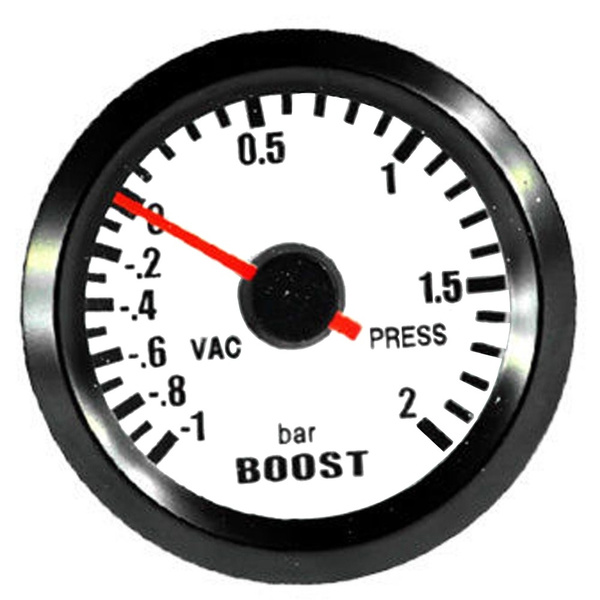
You can exclude some worse subframes (with passing clouds, e.g.), and after that, click "Composite. After a few seconds (depending on the number of your subs and the power of your machine, it may be longer), you will see a screen like this one below. If you have only light frames, then leave them unchecked. If you want to use darks or/and flats, check the "show image classification" tick. Select your subs and load them into the program.
WHAT IS TURBO BOOST STACKING SOFTWARE
Therefore, it's best to export your RAWs to TIFF with default values using some RAW processing software (like Capture One). Starry Sky Stacker uses the TIFF file format for internal processing. To do that, always shoot and process your pictures in RAW or other lossless formats (like TIFF or FIT). JPG is a lossy file format and doesn't preserve all that data that came from the night sky, and your goal is to reveal as many details as possible on your final image.
WHAT IS TURBO BOOST STACKING HOW TO
How to use Starry Sky Stacker Prepare your TIFF SubsĪlways use RAW as your camera format, not JPG. Optionally using also dark and flat frames.


Starry Sky Stacker is an astrophotography stacking app for macOS written by Ralph Hill. The recommended minimum to get an adorable astro picture is 20 - but the more, the better. The Flame and Horsehead nebulae start to appear (the top-left corner), and the image on the right is a stack composed of only seven light frames. The kernel support can be enabled/disabled using the /sys/devices/system/cpu/cpufreq/boost file.Exact pictures stretched and post-processed in PixInsight and Affinity Photo (best effort processing both). You can disable the Turbo Boost using the BIOS or some Linux options/commands. Here, the CPU will be at the nominal/minimal value (1.20Ghz) all the time. Note the difference when you run the same command with Turbo Boost disabled: In the boost state support section, the values for Supported and Active are no. You may find the technical information of these frequencies at the Intel website.

Note that the information states the hardware limits ( 1.20 GHz - 3.47 GHz), the possible frequencies ( 3.47 GHz, 3.33 GHz, 2.53 GHz, 1.87 GHz, 1.20 GHz) and the current frequency ( 1.87 GHz). $ cpupower frequency-infoĬPUs which run at the same hardware frequency: 0ĬPUs which need to have their frequency coordinated by software: 0Īvailable frequency steps: 3.47 GHz, 3.33 GHz, 2.53 GHz, 1.87 GHz, 1.20 GHzĪvailable cpufreq governors: conservative, ondemand, userspace, powersave, performanceĬurrent policy: frequency should be within 1.20 GHz and 3.47 GHz.


 0 kommentar(er)
0 kommentar(er)
